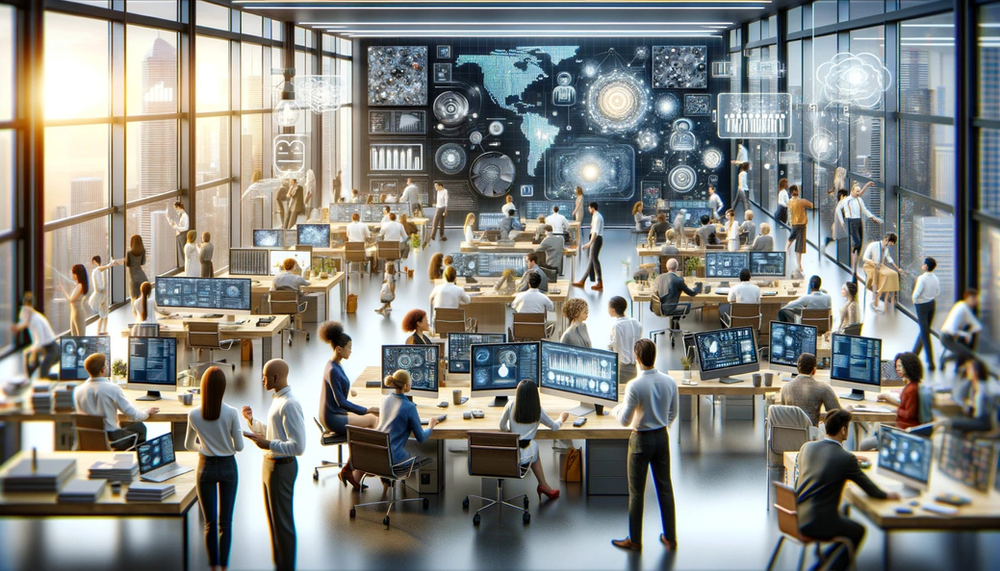
Intriguingly, the study found that occupations more exposed to AI technologies actually saw an increase in employment share. Specifically, a 25-percentile increase in AI exposure correlated with a 2.6% to 4.3% rise in sector-occupation employment share. This finding contradicts the popular belief that AI predominantly replaces human labor. Instead, it suggests that AI may complement or even boost employment in certain sectors.
Key take-aways from the study
-
AI-Exposed Occupations will see increased employment, not the other way around. The research shows a positive correlation between AI exposure in specific industries and employment, debunking the myth of widespread job losses due to AI. This suggests that AI may complement rather than replace human labor in certain sectors.
-
High-Skilled Jobs will be more favourably impacted than previously thought. The study indicates that high-skilled jobs are more likely to benefit from AI technologies, challenging the notion that AI primarily threatens low-skilled labor. This shift may lead to a reevaluation of skill development and education systems.
-
Not all places will be similarly impacted. The impact of AI on employment varies significantly across different European countries, highlighting the influence of economic factors like technology diffusion and regulatory environments on the integration of AI in the workforce.
What do we do with that information?
-
Promote skills development and education reform: Focus on upskilling and reskilling programs to prepare the workforce for AI-driven changes. This includes expanding education in STEM fields and promoting continuous learning.
-
Create national policy frameworks for AI integration: Develop comprehensive policies that encourage innovation while ensuring that the workforce adapts to technological changes. This especially includes labor regulations that protect workers while fostering a tech-friendly environment (easier said than done!).
-
Continuously investment in AI Research and Development: Encourage public and private sector investment in AI to harness its potential for creating new job opportunities and enhancing productivity. Many countries say they do this… but few are really doing it (US, China).
Too soon to draw conclusions
While the paper offers insightful perspectives, it also has limitations. The focus on European countries may not fully encapsulate global trends.
The study’s time frame (2011–2019) also does not reflect the very latest AI advancements and their impact (think ChatGPT, its cousins, and GenAI as a whole).
Additionally, the paper’s less conclusive findings on wage growth and the varied impact across countries suggest that the full story of AI’s impact on the labor market is still unfolding.
The paper provides a hopeful perspective on the future of AI and employment. It suggests that rather than fearing AI as a job destroyer, we should embrace it as a catalyst for job transformation and creation.
As we continue to create and implement this new technology, it’s crucial to foster a symbiotic relationship between AI and the workforce, ensuring that the evolution of technology continues to enhance, rather than undermine, human labor.
Good luck out there.




